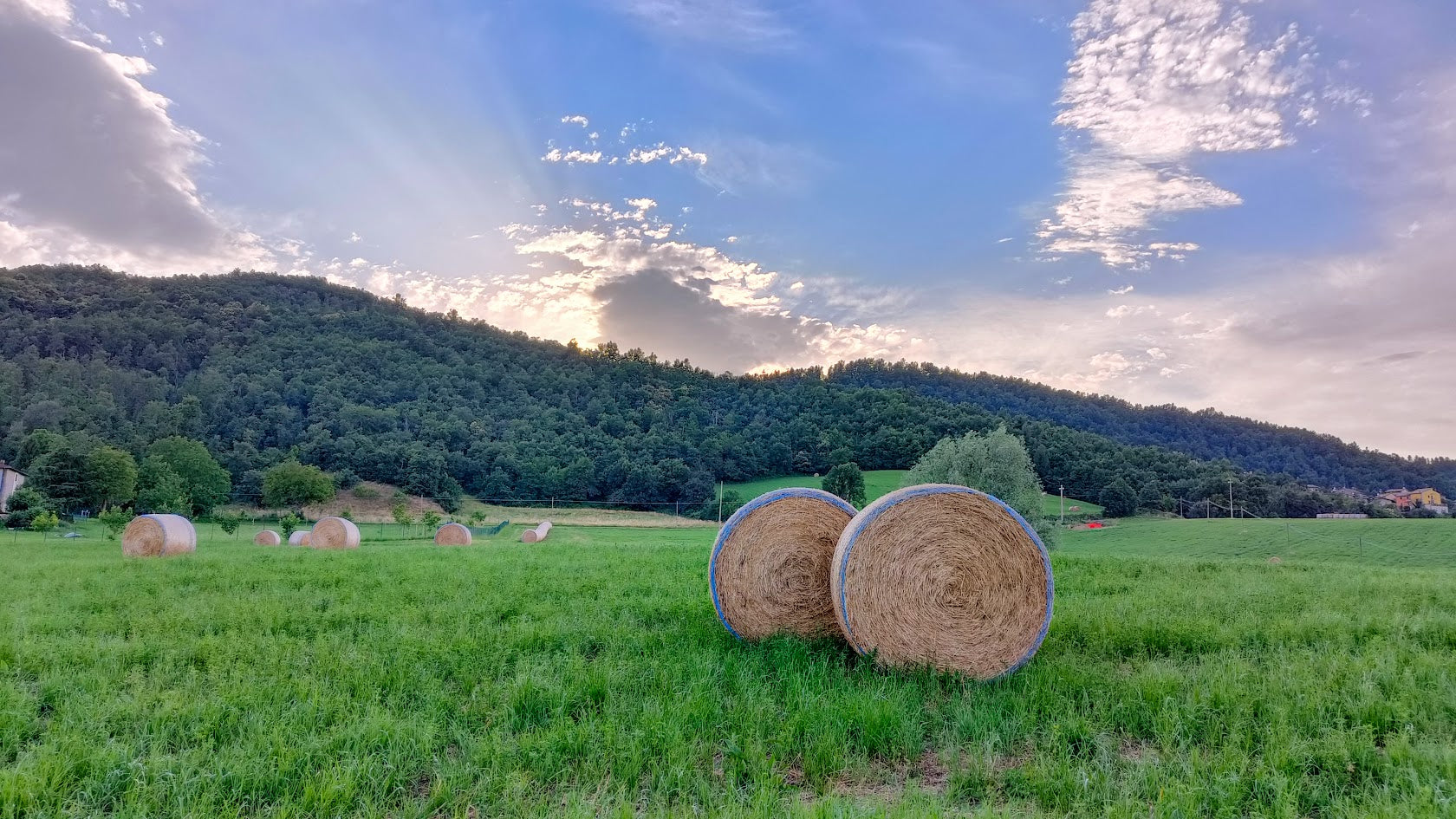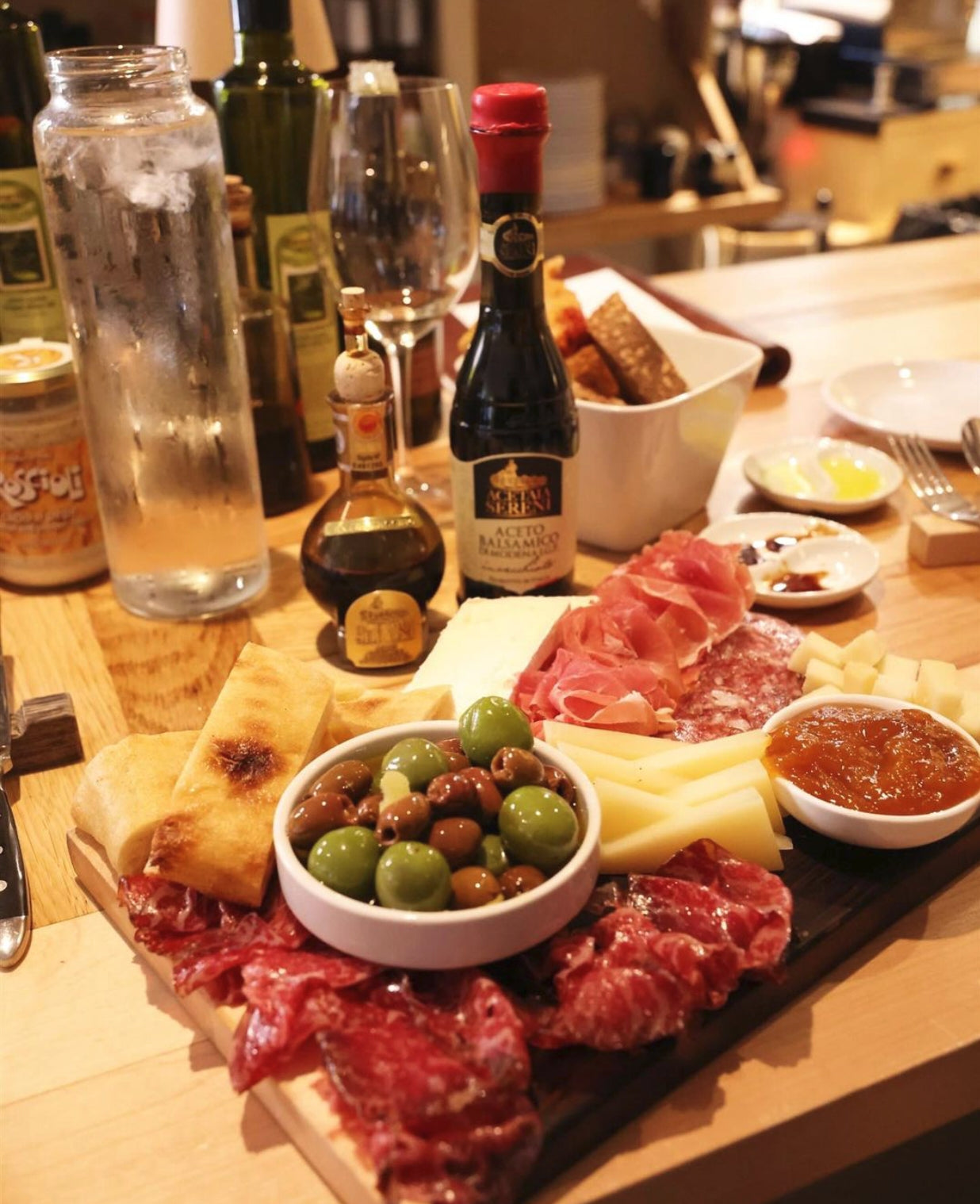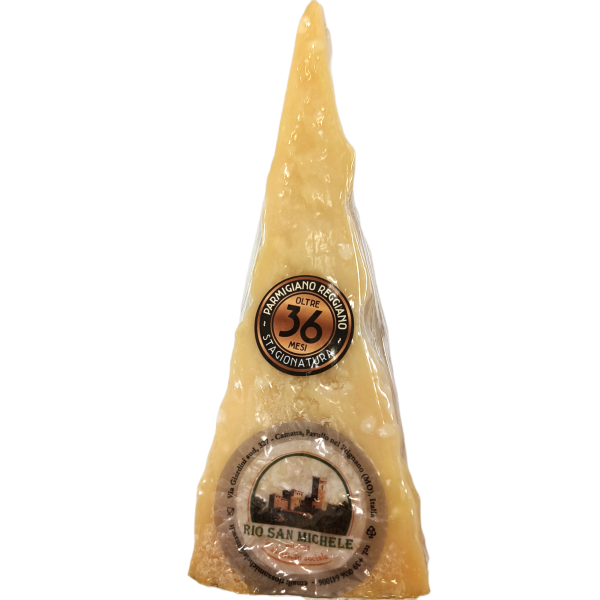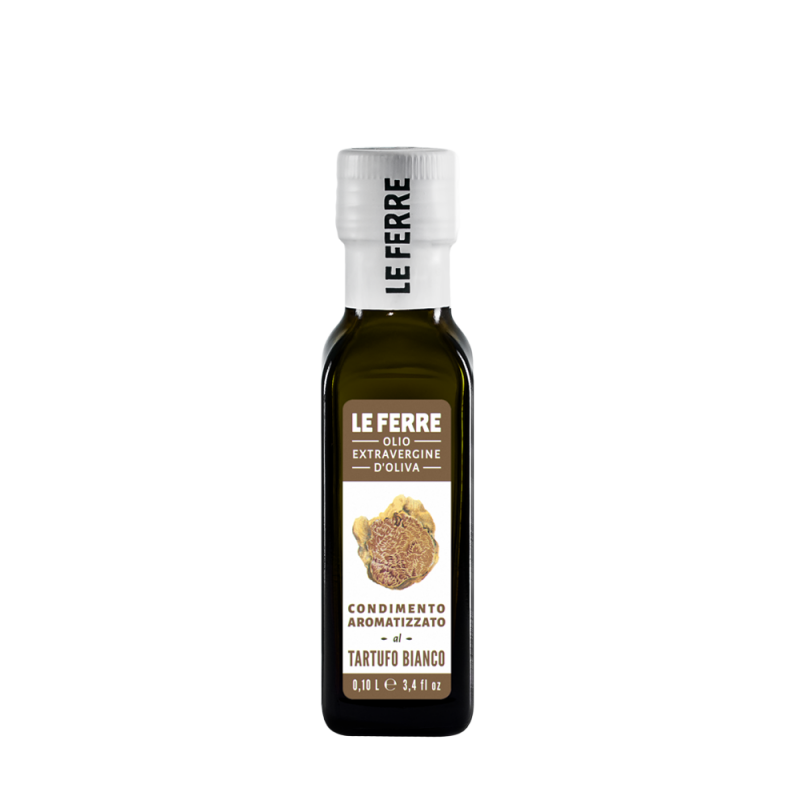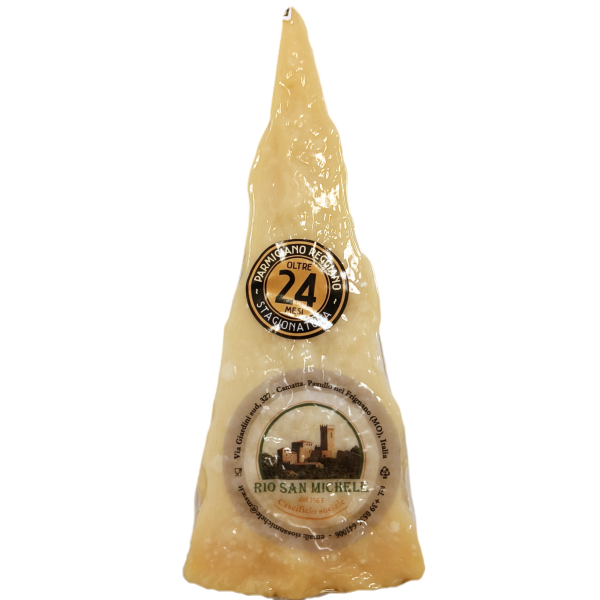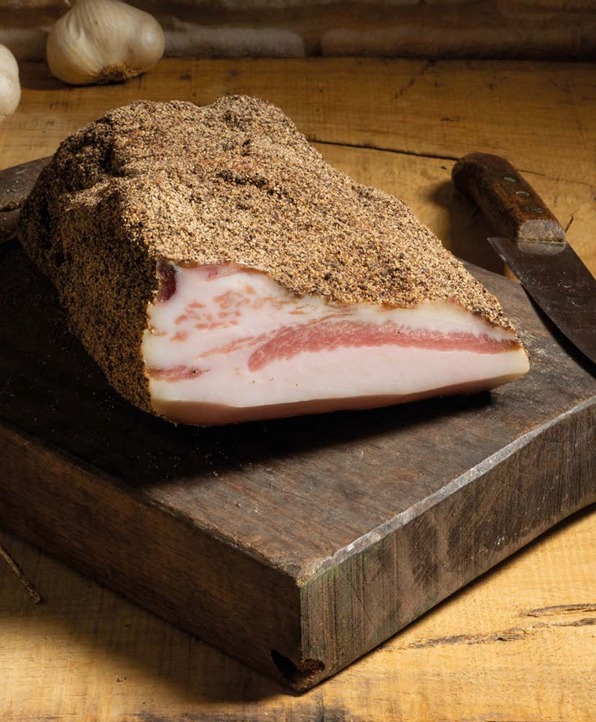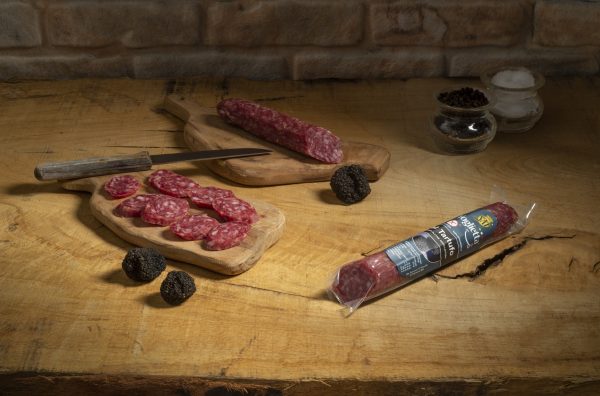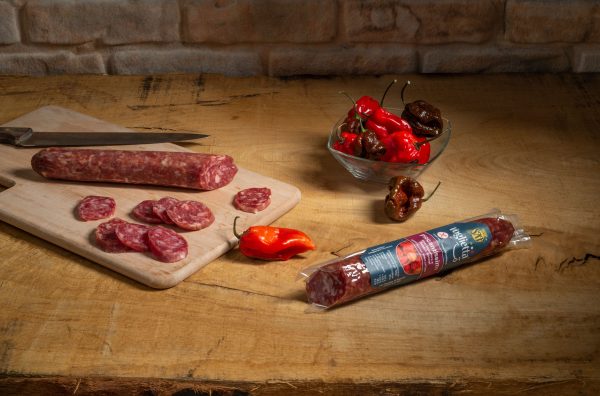When people think of Italy, they often imagine sunshine, hospitality, and — above all — food. But what truly makes a product “Italian”? And why is there growing interest in authentic Italian specialties in Denmark?
Behind every bottle of olive oil or piece of Parmigiano Reggiano, there's a story of landscapes, tradition, and skilled hands. It’s this blend of culture and flavor that fascinates people looking for quality and authenticity.
Olive oil: More than an ingredient, It’s a way of life
In Italy, extra virgin olive oil is much more than a condiment. It’s a symbol of identity. Olives are still hand-harvested in many regions, following seasonal rhythms and centuries-old methods.
Each region offers its own flavor profile: grassy in Tuscany, delicate in Liguria, intense and peppery in Calabria or Sicily. More Danes are discovering this rich diversity — once known only to locals — and appreciating olive oil like a fine wine. Interested in more? Read this article about best in class olive oil.
Where cheese meets patience: the story of Parmigiano Reggiano
Parmigiano Reggiano may be the world’s most famous cheese, but few know the craft behind it: raw milk, no additives, handcrafted wheels, and aging that can exceed 30 months.
In Italy, it’s often eaten on its own — in shards, perhaps with a few drops of aged balsamic vinegar. Many Danes are discovering Parmigiano in this simple, pure form — and realizing it’s much more than just a grating cheese. Curious for more? Read the article in the link.
Traditional Balsamico di Modena vinegar: time Is the secret ingredient
Not all balsamic vinegar is the same. The traditional kind from Modena and Reggio Emilia is aged for years in wooden barrels, following a meticulous, almost alchemical process.
It’s rich, thick, and complex — not for cooking, but for savoring. Just a few drops can elevate Parmigiano, strawberries, or grilled meats to something unforgettable. Find more in our article.
Italian Charcuterie: A slice of local culture
Italian cured meats are deeply regional. Sweet Parma ham is completely different from spicy Calabrian salami or aged coppa from Piacenza. These aren't just deli items — they’re cultural expressions shaped by geography, history, and craftsmanship.
For many Danes, exploring Italian charcuterie is like opening a new map of taste. Curious? Find more info here.
Food That Tells a Story
Italian food isn't just a list of dishes — it’s a map of places. Every ingredient tells a story of soil, season, and tradition. That’s why it resonates abroad: because it offers not only flavor, but meaning.
In Denmark, the growing attention to origin and quality has led to a stronger interest in food with identity and transparency — and Italian products speak that language fluently.
It’s Not Just What You Eat — It’s How
Bringing a piece of Italy to your table isn’t about mimicking Italian cuisine. It’s about choosing products that embody a philosophy of simplicity, time, and respect for ingredients.
And maybe that’s what connects a small farmer in Emilia and a conscious shopper in Denmark: the desire to rediscover what’s real.
Buon appetito!

